Visualizing Disaster Medical System with "respon:sum", Contributing to Hospital Resilience
We interviewed Rinku General Medical Center, a local independent administrative institution, which uses "respon:sum", a disaster risk management system enhancement service for medical institutions.

■ Adoption of respon:sum for centralized management of hospital staff health management, emergency call-up and deployment
The Japanese archipelago is so prone to natural disasters that it is often referred to as the "disaster island chain." Typhoons, torrential rains, earthquakes, and volcanic eruptions have repeatedly caused serious damage. It is predicted that there is a high probability of a major earthquake occurring along the Nankai Trough and in other areas within the next 30 years, so it is essential to be prepared.
In the event of a large-scale disaster where a large number of people are expected to be seriously or lightly injured, "base hospitals for disaster management" are required to play a role and function to support medical institutions that protect the lives of local people. Rinku General Medical Center in Izumisano City, Osaka Prefecture, is one of these "base hospitals for disaster management." It is one of only four hospitals in Japan designated as a medical institution for specific infectious diseases, and is also equipped with the Senshu Regional Mother and Child Medical Center and the Senshu Emergency Medical Center. In the event of a major natural disaster, the hospital can be used as a medical center.
In order for medical institutions to function at their full potential in the event of a large-scale natural disaster, it is essential to establish a disaster medical system, foster disaster prevention awareness among staff, and conduct drills with an awareness of the actual situation. The Rinku Medical Center introduced Smart:DR (hospital common name: DCS), the predecessor of "respon:sum," a disaster risk management system enhancement service for medical institutions provided by Smart119 Corporation, in 2016. In response to the pandemic of Covid-10, we added a "staff health management function" in March 2021, and have been using the application to centrally monitor the body temperature and physical condition of approximately 1,100 staff members, their attendance status, and the occurrence of adverse reactions after vaccinations. In September 2021, a new function was added to "respon:sum" to support disaster medical operations, such as the allocation of personnel to medical aid stations set up in the event of a disaster and the reorganization of medical teams in response to changes in the situation.
Dr. Maiko Narita, Chief of the Department of Emergency Medicine at the center, explains the efforts to strengthen the system as follows.
Our center is a base hospital for disaster medical services, which includes a center for specific infectious diseases, a regional perinatal care center, and a lifesaving center. In order to serve as a role model for hospitals with such functions, we have decided to introduce and utilize 'respon:sum' to promote the resilience of our disaster medical system.
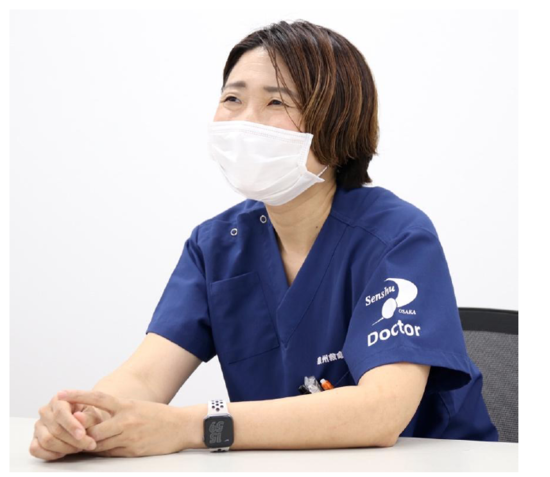
Whenever there is a change in personnel assignments, the information is immediately reflected on each individual's terminal, allowing us to share information. We feel that this has made it possible to 'visualize' assignments and roles, which is very convenient. (Maiko Narita, Chief doctor, Department of Critical Care)
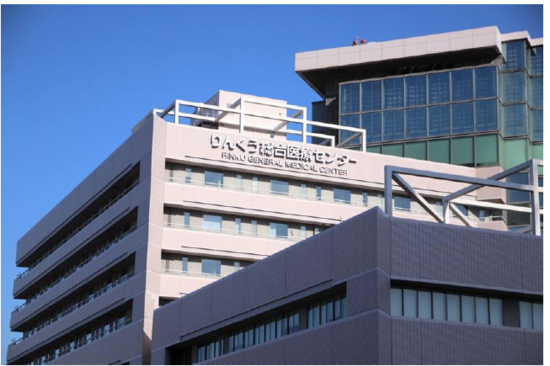
Rinku General Medical Center (Izumisano City, Osaka) aims to become a role model of a hub hospital for disasters.
It is one of the leading medical institutions in Japan that has a center for specific infectious diseases, a regional perinatal care center, and a lifesaving center.
■We have revamped our old system of safety confirmation, call-out requests, and personnel allocation. Everything is now electronic and can be completed with a single application
In the event of a disaster, the first thing a medical institution should do is to confirm the safety of its staff and gathering them. Prior to the introduction of respon:sum, Rinku Medical Center used to confirm the safety of staff, instruct staff to come to the hospital, and confirm who was able to come to the hospital via e-mail on cell phones and smartphones during disaster drills assuming a large-scale disaster.
"However, with cell phone and smartphone e-mails, users need to actively check their e-mails, and there were many staff members who set their notifications to off. Because of these factors, many staff members were unaware of the hospital's request to come to the hospital, and the system was not very user-friendly, so we felt the need to improve it," said Dr. Narita.
In fact, immediately after the 2018 Northern Osaka Earthquake (maximum seismic intensity of 6.0 on the Japanese scale), the safety confirmation and attendance requests sent to about 1,000 employees via cell phone did not go as smoothly as expected. Furthermore, when the same request was sent during the disaster drill in 2020, less than 40% of the employees responded.
The issues were not limited to safety confirmation and instructions to gather.
In addition to medical staff such as doctors, nurses, and medical technicians, medical institutions are also supported by a large number of administrative staff. In times of disaster, the roles and assignments of clerical staff in particular tend to be unclear, and even if staff are called in, it is meaningless unless they can be assigned to the appropriate departments and a disaster medical system can be established as soon as possible. Mr. Nobuyuki Oku and Mr. Kentaro Nakayama from the General Affairs Section said, "In the past, we used an analog method for staff allocation, which was not very convenient.
In the past, we used whiteboards, mock-up papers, and sticky notes to manage personnel assignments and roles at the Disaster Countermeasures Headquarters, which is set up in the event of a disaster. As a matter of course, if the sticky notes were lost, it would be difficult to share information as it would be difficult to know who was in charge of what role. Also, we needed to update the personnel assignments flexibly depending on the situation, but it was not convenient to check whether the assignments had been updated or not," says Mr. Oku.
In the past, we used to create a paper-based map of the departments, and we had to go all the way to the place where the map was posted in order to check the contents. Since we did not have a system that allowed us to see at a glance who was assigned what role, I think we had a poor operational management system that could easily lead to confusion in the field when a large-scale disaster actually occurred.
With an eye on the future, the Rinku Medical Center planned to digitize all personnel assignments to first aid stations, etc., and to add functions that could be realized with a single application. Initially, respon:sum did not have a "department map" function, but in response to a request from Rinku General Medical Center, Smart119 Inc. began development.
When we consulted with Smart119's development engineers, they agreed to give it a try, by adding the function to respon:sum.
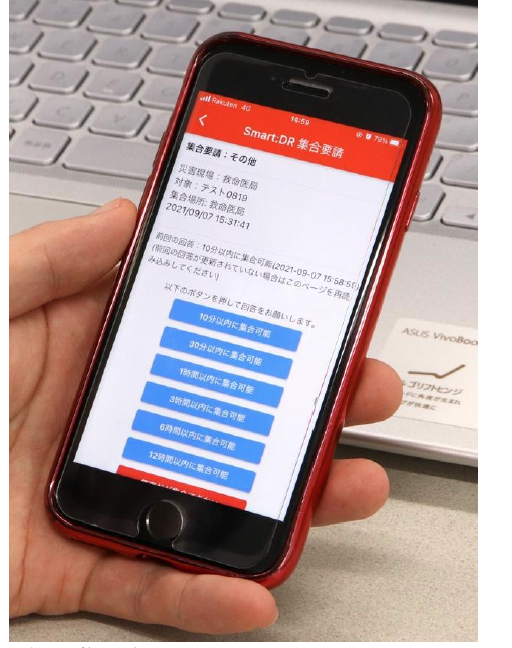
Assembly request screen. After confirming the safety of the user, tap to enter whether or not the user can accept the assembly, and how long it will take.
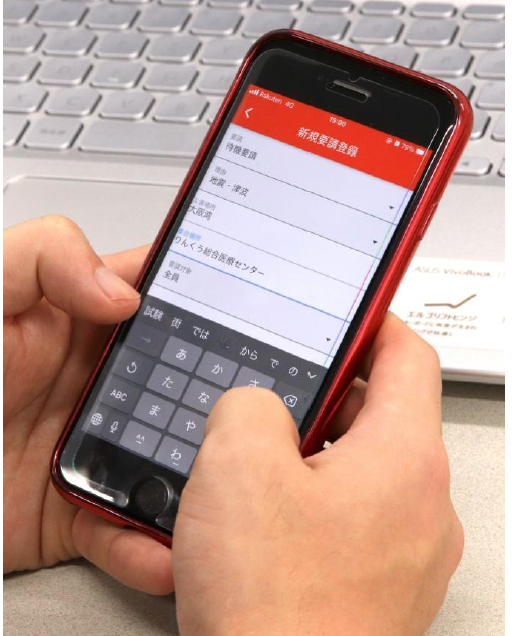
Request transmission screen. The content of the request, meeting place, and target audience can be sent from a digital terminal (smartphone, tablet, etc.).
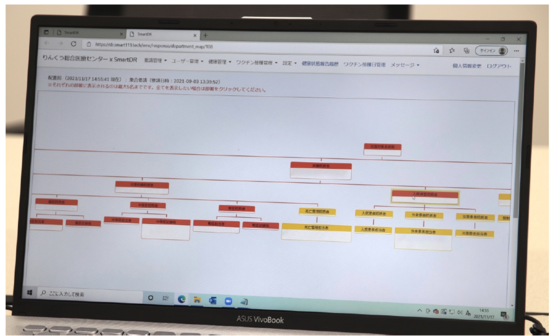
Allocation chart. The organization chart centrally manages who is assigned to what department and in what job area. This screen can be enlarged and displayed on an electronic whiteboard or projector.
■Large-scale disaster drill proves speedy establishment of disaster medical system
Not long after that, the "Allocation Chart function" was completed and added to respon:sum. With the newly added "Allocation Chart function" , it is now possible to centrally manage personnel information such as first aid stations, medical team composition, and deployment departments, including staff safety confirmation and assembly requests, on the PC of the disaster control headquarters. In addition, the systematic display of the organization chart allows for an easy grasp of the overall disaster medical system.
"In the event of a disaster, the role of administrative staff is to provide medical support. In the event of a disaster, the role of administrative staff is to provide medical support, and while a flexible approach to the division of roles is desirable, they are also expected to play the role of organizers, analyzing the situation from a broad perspective and taking appropriate measures according to the situation. In this respect, I feel that respon:sum is the perfect system for us, as it allows us to check the response and attendance status, give placement instructions, and check the placement status on a single screen." said Mr.Oku.
"We are satisfied that we have been able to strengthen our disaster response capabilities with the ease of use, such as the ability to enlarge and project department maps on an electronic whiteboard or projector," said Mr. Nouchi.
In fact, on September 3, 2021, soon after the addition of the function, the Rinku Medical Center conducted a large-scale drill using respon:sum. respon:sum was used to confirm the safety of staff members and request them to assemble, and then the assembled staff members were assigned to the appropriate departments, demonstrating the speedy establishment of a disaster medical system.
"Unlike before the introduction of respon:sum, push notifications of safety confirmation and assembly requests are sent to digital devices such as smartphones, which has drastically reduced the number of cases where people were unaware of the safety confirmation and assembly requests, and the response rate from staff has increased by 50% compared to the previous year. The response rate from the staff increased by 50% compared to the previous year, which was in line with our expectations. In addition, when there is a change in personnel assignments, the information is immediately reflected on each individual's terminal and can be shared, making it possible to 'visualize' assignments and roles, which I feel is very convenient." (Head doctor Narita)
The efforts of the Rinku General Medical Center to strengthen its disaster response capabilities are not over. Dr. Narita says, "I would like to continue brushing up the system to make it a more robust medical base against disasters."
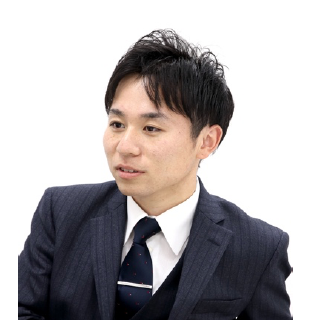
"In the event of a disaster, the role of the administrative staff is to provide medical support. The role of the clerical staff is to provide medical support, to analyze the situation from a broad perspective, and to act as an organizer to take appropriate measures according to the situation. In this respect, I feel that Responsum is the perfect system for us, as it allows us to check the response and attendance status, issue deployment instructions, and confirm the deployment status on a single screen." says Mr. Nobuyuki Oku, General Affairs Section.
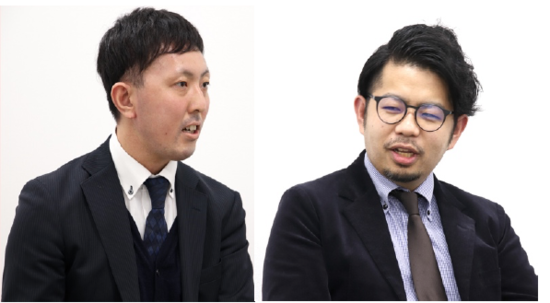
"We are satisfied that we have been able to strengthen our disaster response capabilities with the excellent usability of the system, such as the ability to enlarge and project the map of departments on an electronic whiteboard or projector." says Mr. Kentaro Nakayama, General Affairs Section, and Mr. Junya Nouchi, Chief of the General Affairs Section.
【Contact information】
Smart119 Inc.
URL: https://smart119.biz
TEL: 043-312-7471
mail: info@smart119.biz